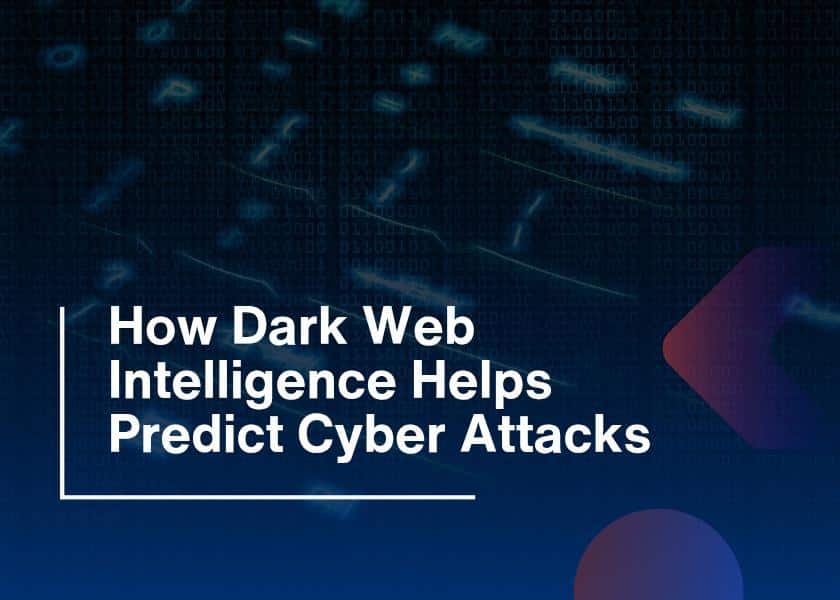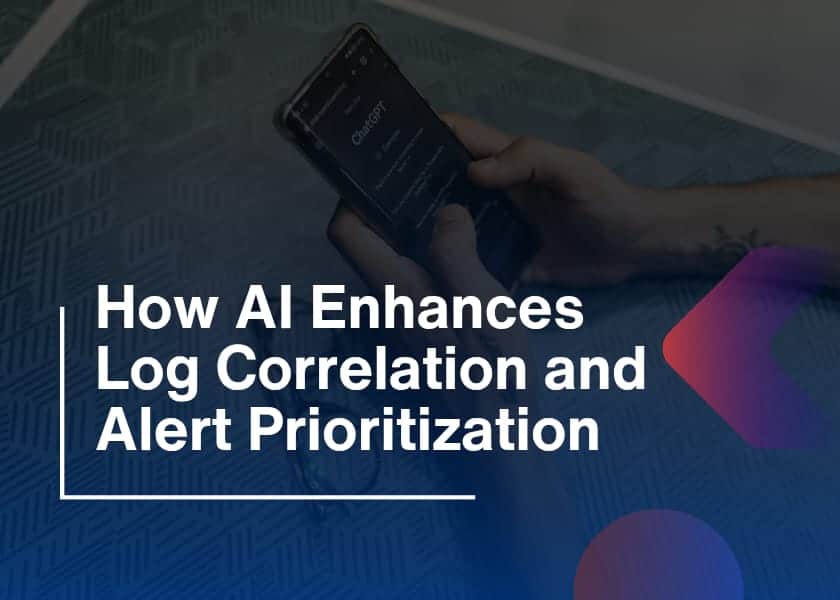Are your current cybersecurity tools leaving blind spots in your network? If so, you’re not alone. Many organizations in Saudi Arabia face growing threats that often go undetected due to limited visibility. That’s where NDR Saudi solutions are stepping in as a game-changer. In this blog, we’ll explore what Network Detection and Response (NDR) is, why it’s essential for today’s security landscape, and how it significantly boosts cyber visibility in KSA. Most importantly, we’ll discuss how network threat detection powered by NDR Saudi can protect Saudi enterprises from modern cyber threats.
What is NDR Saudi?
Let’s start with the basics. NDR stands for Network Detection and Response. However, NDR functions as a cybersecurity platform that maintains continuous network traffic analysis. The purpose of analysis is to detect hidden suspicious conduct, as well as dangerous activities. In addition, it also detects sophisticated threats that standard security solutions miss.
Additionally, NDR operates differently than conventional firewalls, together with antivirus software. Because it employs machine learning technology combined with behavioral analytics systems. NDR allows network monitoring from internal sources in addition to perimeter security.
NDR functions similarly to a digital detection system which functions as your organization’s internal surveillance network. Furthermore, your network receives continuous real-time observation from this security system which activates your team alerts when it detects abnormal activity.
Why is NDR So Important in 2025?
The nature of cyber threats grows increasingly sophisticated in every passing day. Modern attacks utilize hidden alternatives such as living-off-the-land procedures and encrypted data flows and internal employee vulnerabilities to get past security protocols.
In addition, the booming digital transformation across Saudi Arabia creates elevated risks for organizations in the country. The Saudi Arabian government, through Vision 2030, has accelerated technology adoption, thus creating a larger surface area for cybersecurity threats from criminals. However, the product solutions from NDR Saudi are now starting to become increasingly popular. These tools:
- Detect unknown and advanced threats.
- Monitor east-west (internal) network traffic.
- Complete system-wide monitoring extends to all network devices connected to the framework.
- Network defense systems can process threats automatically through reactions enabled by analysis performed by artificial intelligence.
Existing security models prove inadequate because numerous endpoints and applications have expanded operational scope. Moreover, through NDR, security organizations detect threats in their networks with proactive capabilities.
The Difference Between NDR and Traditional Security Tools
The main network monitoring role is performed insufficiently by standard protection tools like antivirus programs, firewalls and endpoint tools. The security system protects known threats along external network borders which leaves possible attackers free to move through your network undetected.
That’s where NDR stands apart. The detection method of NDR operates differently from conventional security equipment which depends on signatures along with traditional rule-based scanning methods. NDR monitors the complete interaction of users along with devices as well as applications. When an authorized system begins deviant behavior like a finance server reaching an unregistered external IP at 2 a.m., the NDR detection system takes notice.
NDR creates multiple types of notifications in addition to basic alerts. NDR provides threat context that explains beginnings of suspicious incidents and their target systems and indicates what actions should follow. The security team can respond with both speed and assurance when this technology is deployed.
NDR should be seen as a complementary technology that completes security gaps that other tools leave unaddressed. NDR functions as the vital part of your cyber defense plan, which concentrates on monitoring and understanding threats and quick response.
How NDR Saudi Tools Help in Real Life
Let’s consider a scenario that could easily happen in a Saudi enterprise:
- An employee unknowingly clicks a phishing link. While the endpoint antivirus flags and blocks the immediate threat, the attacker manages to install a stealthy backdoor into the system.
- Over the next few days, the attacker uses this backdoor to move laterally through the network, scanning for open ports and gathering credentials.
- Traditional tools might not catch this movement.
But with NDR Saudi solutions in place, unusual traffic patterns are detected, like a user accessing a sensitive database at midnight or sending large volumes of data to unknown IPs. The system raises an alert, and the security team can isolate the threat before any real damage occurs. This is the power of real-time network threat detection, especially when enhanced by AI.
Benefits of NDR for Saudi Organizations
Now, let’s dive deeper into how NDR improves cyber visibility in KSA.
1. Full Network Visibility
Saudi organizations, especially in finance, energy, and government sectors, manage highly complex networks. NDR provides complete visibility into all network communications—internal and external. This helps identify weak spots and monitor activity in real time.
2. Advanced Threat Detection
Standard tools often fail against zero-day attacks or insider threats. NDR uses machine learning to detect unknown behaviors, ensuring no malicious activity slips through unnoticed.
3. Rapid Incident Response
Speed is crucial in cybersecurity. NDR solutions in Saudi organizations often come with automated response capabilities, meaning threats are not only detected quickly but also neutralized before they spread.
4. Compliance and Regulatory Support
With cybersecurity regulations tightening in KSA, including frameworks from the National Cybersecurity Authority (NCA), NDR helps organizations meet compliance standards by providing audit logs, reporting, and data control.
5. Reduced Dwell Time
The longer a threat stays undetected, the more damage it causes. NDR drastically reduces dwell time by spotting threats early and sending instant alerts.

How NDR Complements Other Cybersecurity Tools
One of the biggest myths is that NDR replaces firewalls, SIEMs, or EDRs. In reality, it complements them.
Here’s how it fits into the cybersecurity ecosystem:
- Firewall + NDR: Firewalls protect the perimeter; NDR watches internal movements.
- EDR + NDR: EDR focuses on endpoints; NDR focuses on network traffic.
- SIEM + NDR: NDR sends high-quality alerts to SIEM systems, improving incident management.
Together, they create a layered defense strategy, a must-have in today’s cyber threat landscape.
Popular NDR Vendors in Saudi Arabia
In recent years, several cybersecurity vendors have begun offering NDR Saudi solutions tailored for the local market. These include:
- Darktrace: Known for its self-learning AI and easy deployment
- Vectra AI: Strong in threat hunting and cloud network detection
- ExtraHop: Offers detailed analytics and encrypted traffic inspection
- Corelight: Built on open-source Zeek, good for forensic investigations
- Cisco Secure NDR: Well-integrated with existing Cisco security products
These vendors often work with local partners to ensure cyber visibility KSA organizations require is fully met.
Sectors That Benefit Most from NDR in KSA
While any organization can benefit from NDR, some industries in Saudi Arabia have more to gain due to the nature of their data and infrastructure:
- Government Agencies: With sensitive data and national security at stake, government departments need real-time visibility and threat intelligence.
- Financial Institutions: Banks and fintech companies require constant monitoring to detect fraud, data leaks, and policy violations.
- Oil and Energy Sector: Critical infrastructure providers are always high-value targets. NDR can help ensure operational technology (OT) environments are also protected.
- Healthcare: With the rise in digital records, hospitals and clinics need to protect patient data and comply with data privacy laws.
Challenges and Considerations When Implementing NDR
While the benefits are huge, NDR is not a plug-and-play solution. Organizations in KSA must consider:
- Data privacy concerns: Especially when analyzing encrypted traffic
- Skilled manpower: NDR requires trained professionals for incident handling
- Cost: High-end solutions can be expensive for smaller firms
- Integration: Compatibility with existing infrastructure is essential
However, with proper planning and training, these challenges can be managed effectively.
Future of Network Threat Detection in Saudi Arabia
As cyber visibility in KSA becomes a national priority, expect to see wider adoption of NDR tools, especially those enhanced with AI, threat intelligence sharing, and cloud-based analytics.
Moreover, government-backed initiatives may soon mandate NDR for critical sectors. This could lead to new standards, certifications, and training programs across the region. With 5G, IoT, and remote work increasing complexity, NDR will likely evolve to cover not just traditional networks but also cloud and hybrid infrastructures.
Conclusion
In today’s hyper-connected world, network visibility is no longer optional; it’s essential. The rise in advanced persistent threats (APTs), ransomware, and insider attacks means Saudi organizations can no longer rely solely on perimeter-based defenses.
NDR Saudi tools offer a proactive and intelligent approach to network threat detection. They give security teams the visibility, context, and speed they need to protect sensitive data and maintain trust. As Saudi Arabia continues its digital journey, cyber visibility in KSA will play a key role in safeguarding economic and social progress. Investing in NDR is not just a technical decision—it’s a strategic one.





